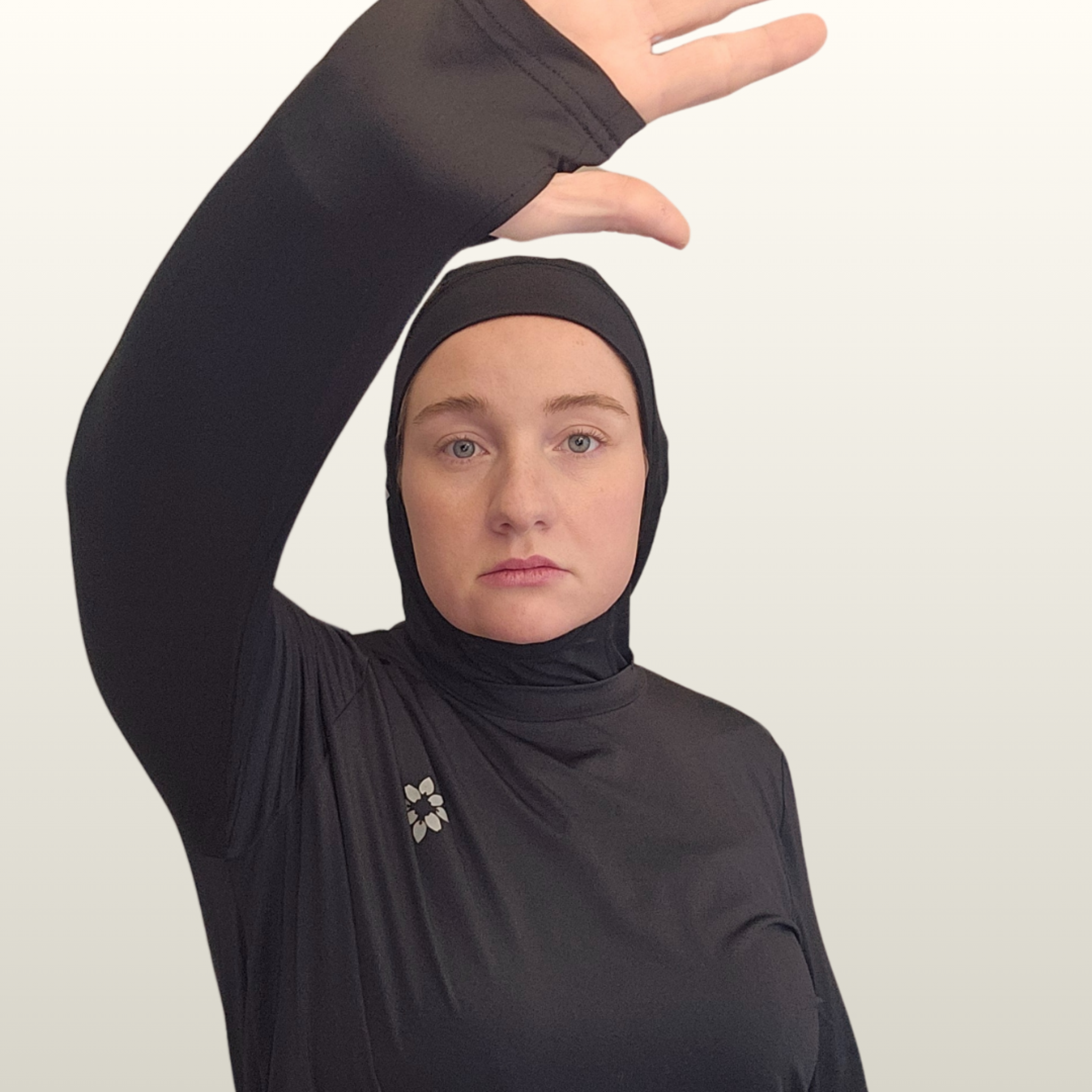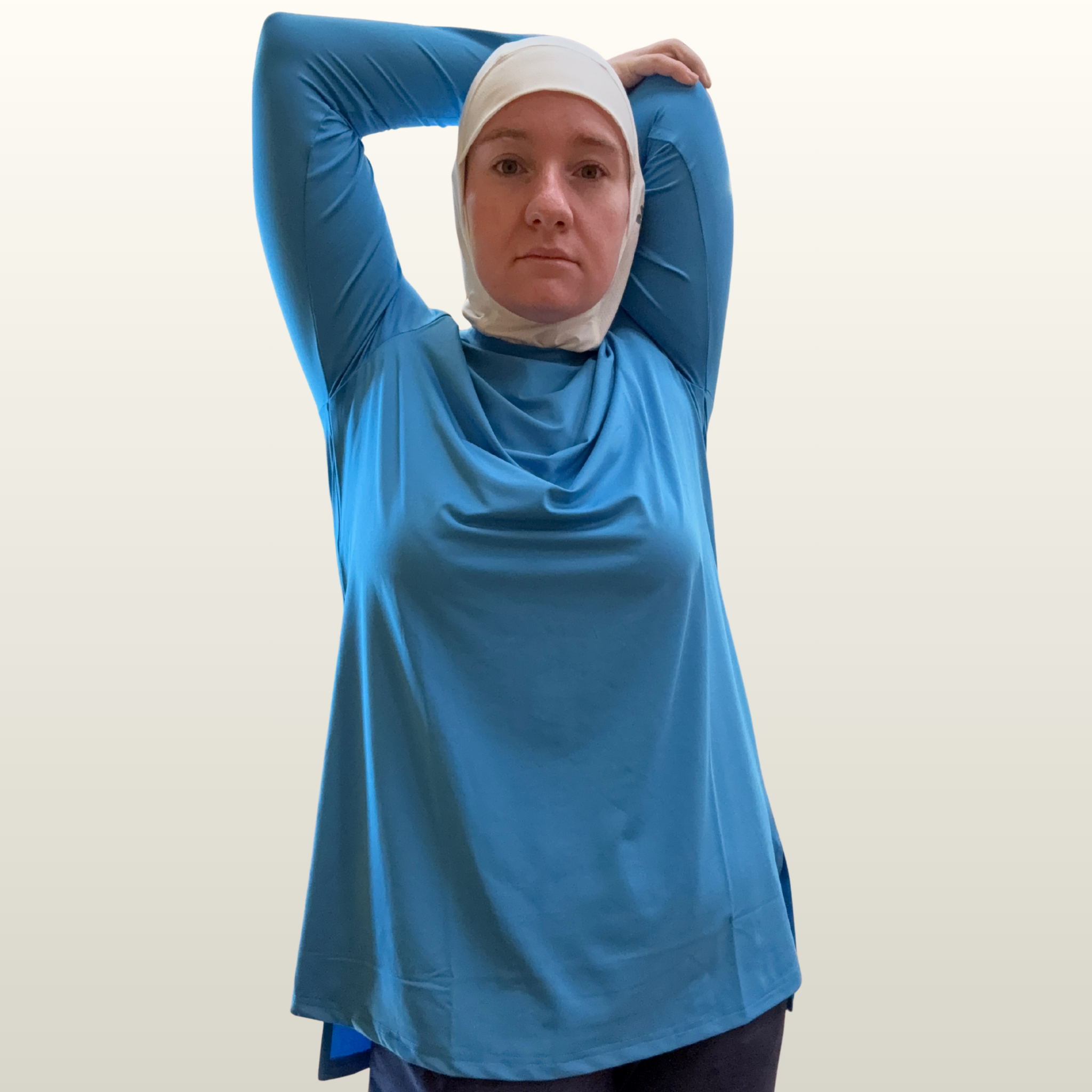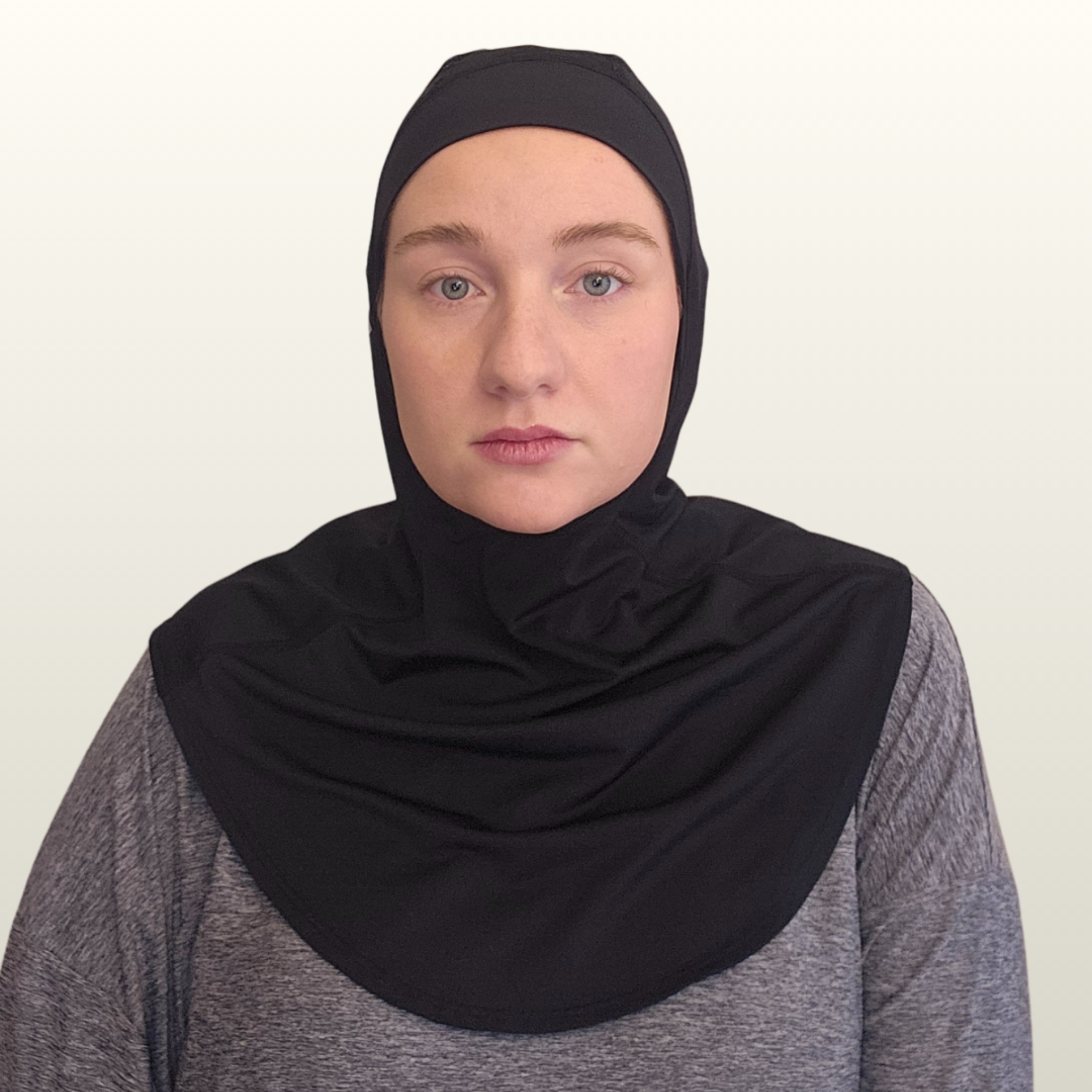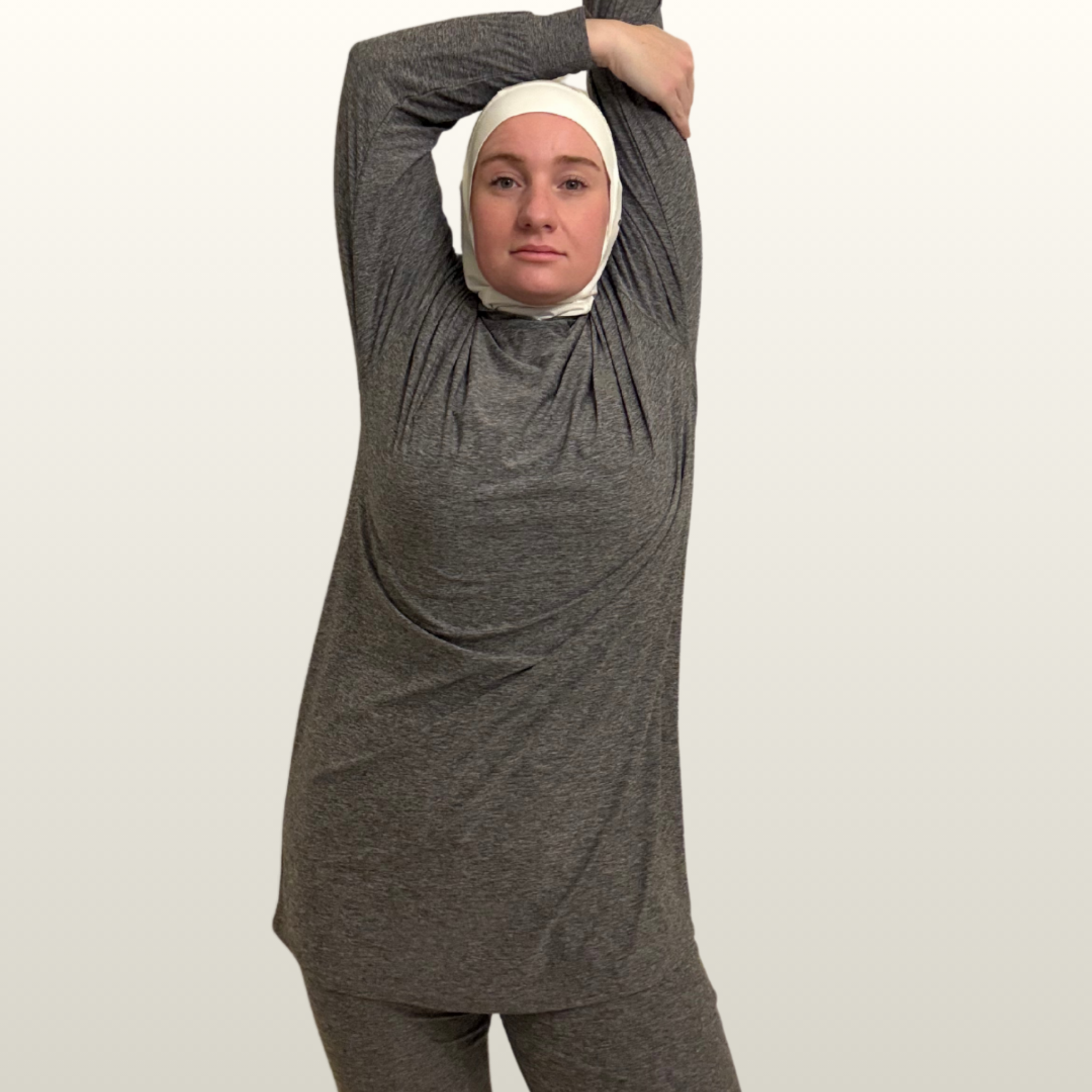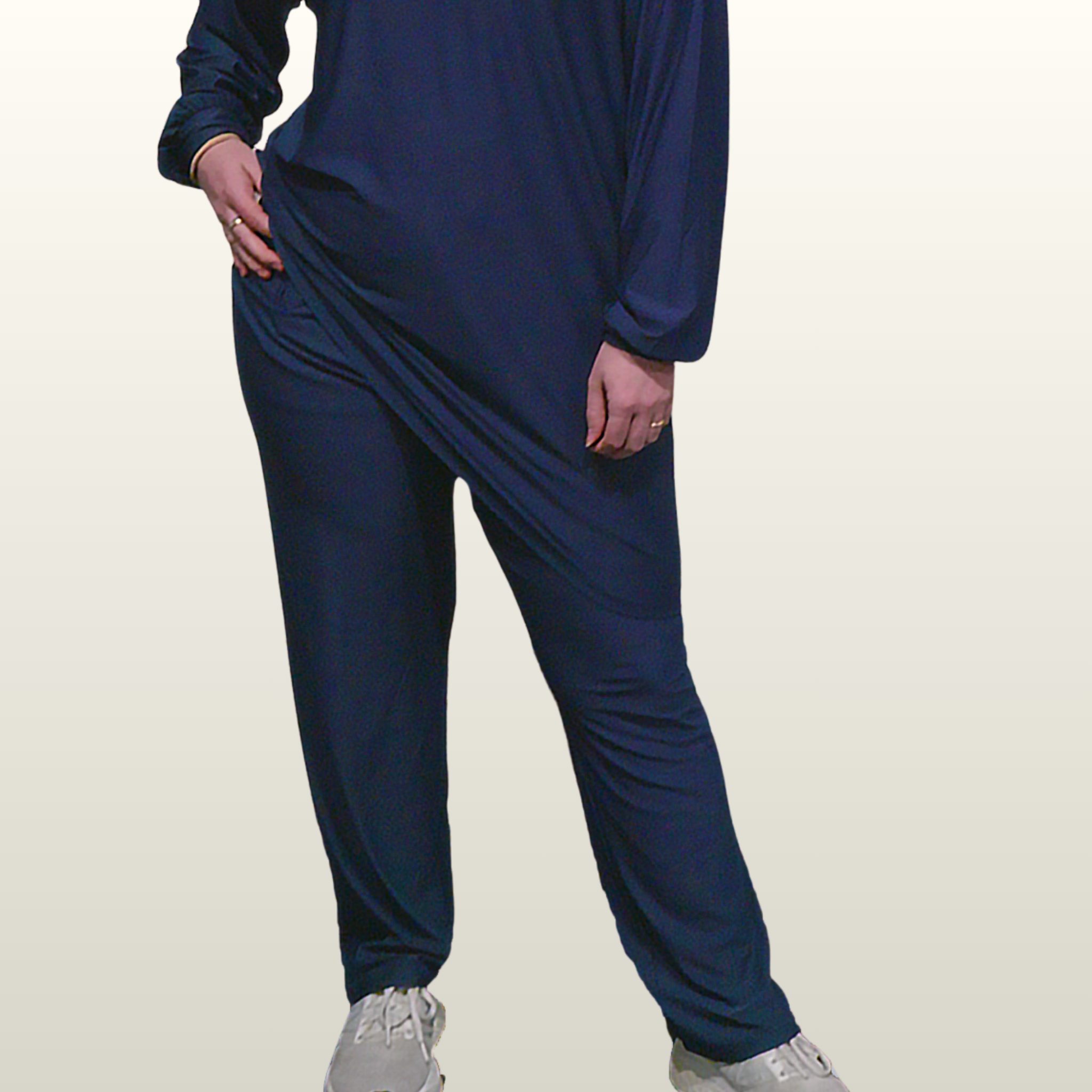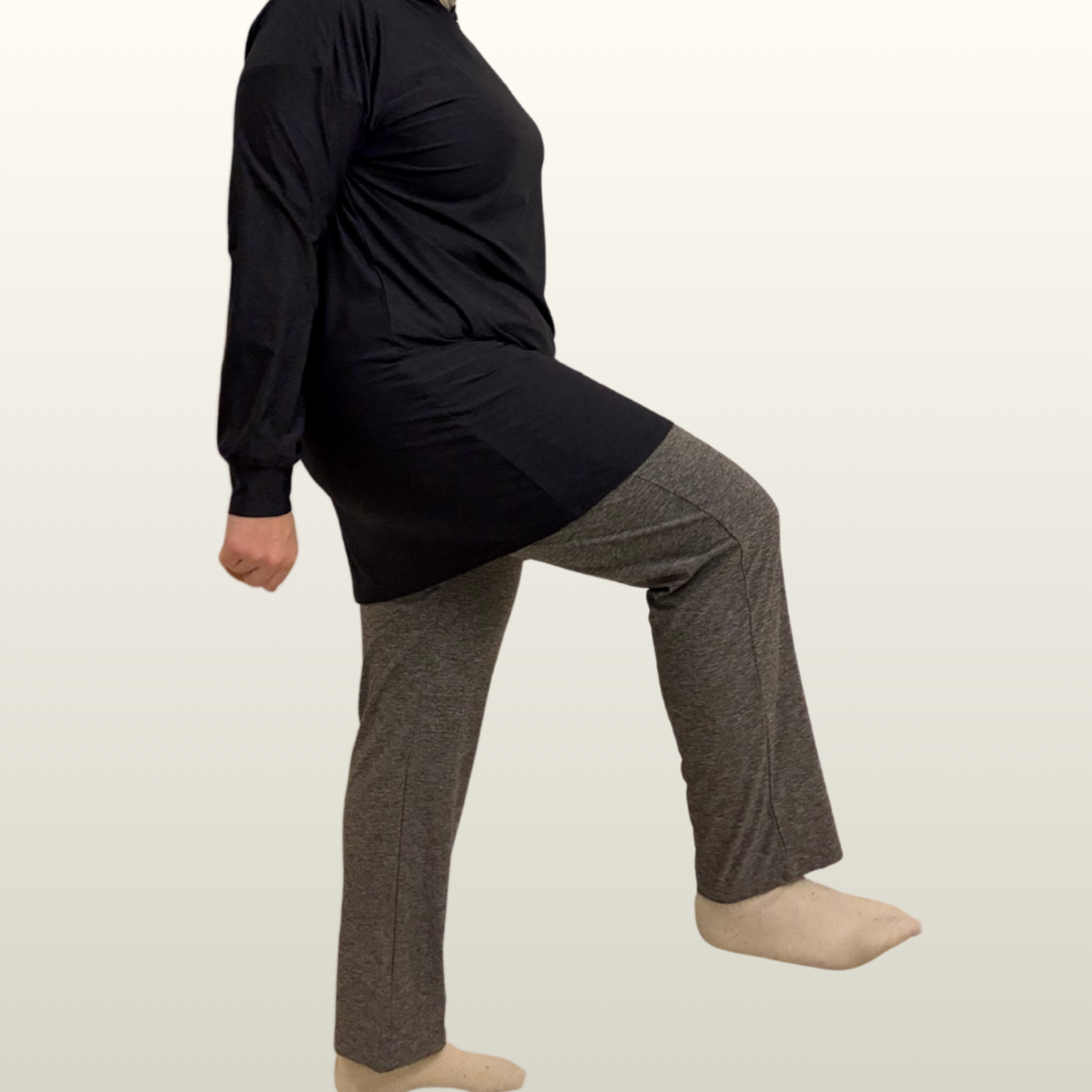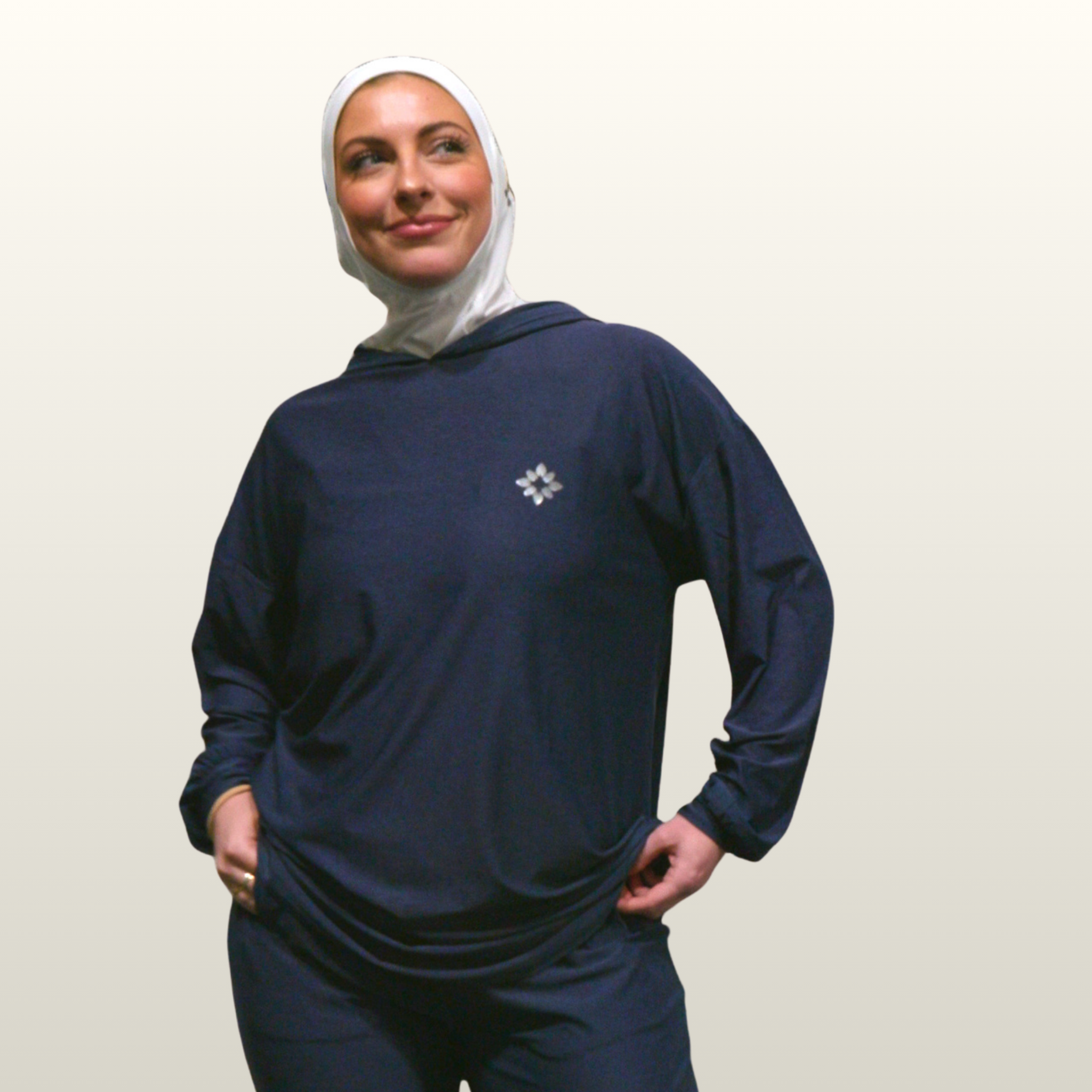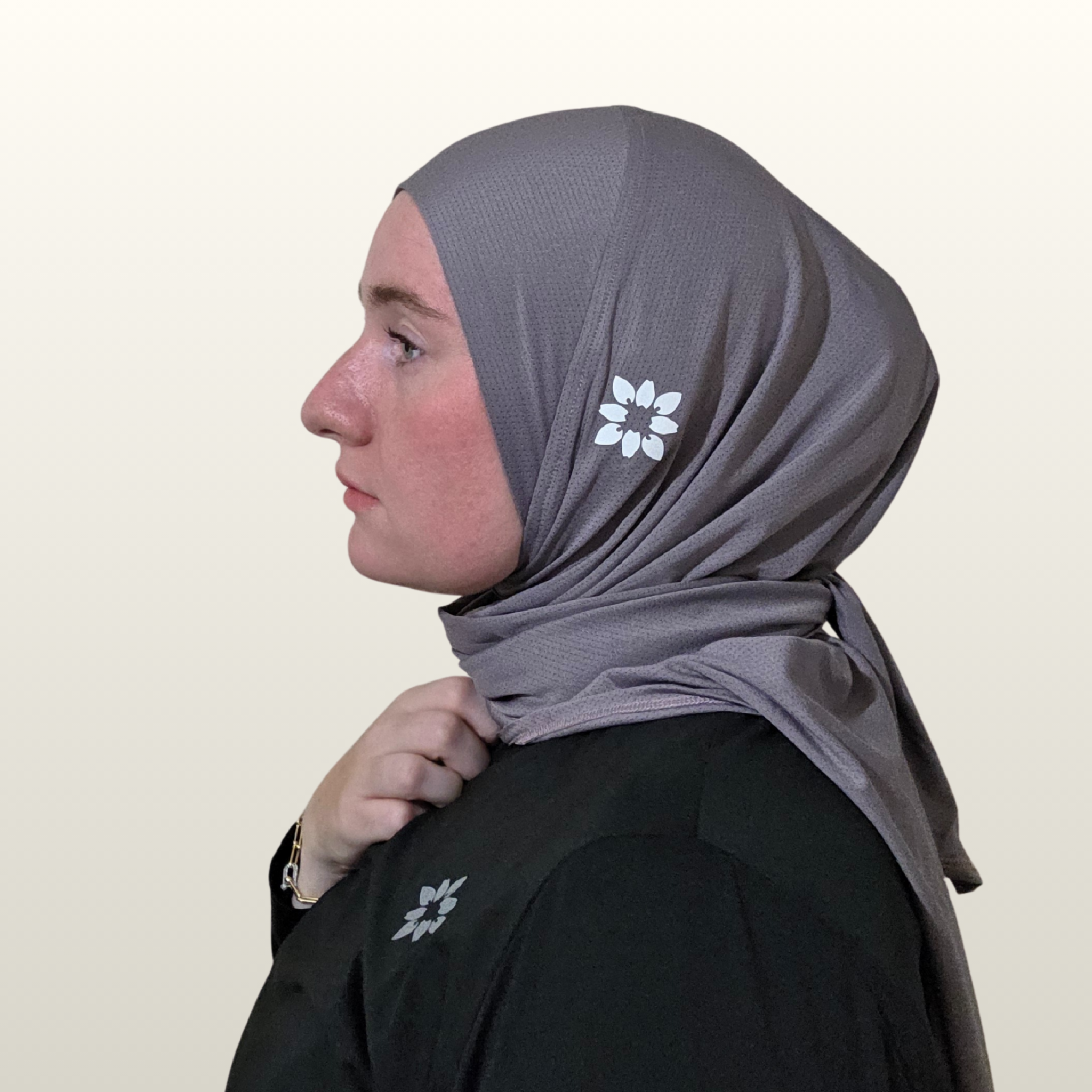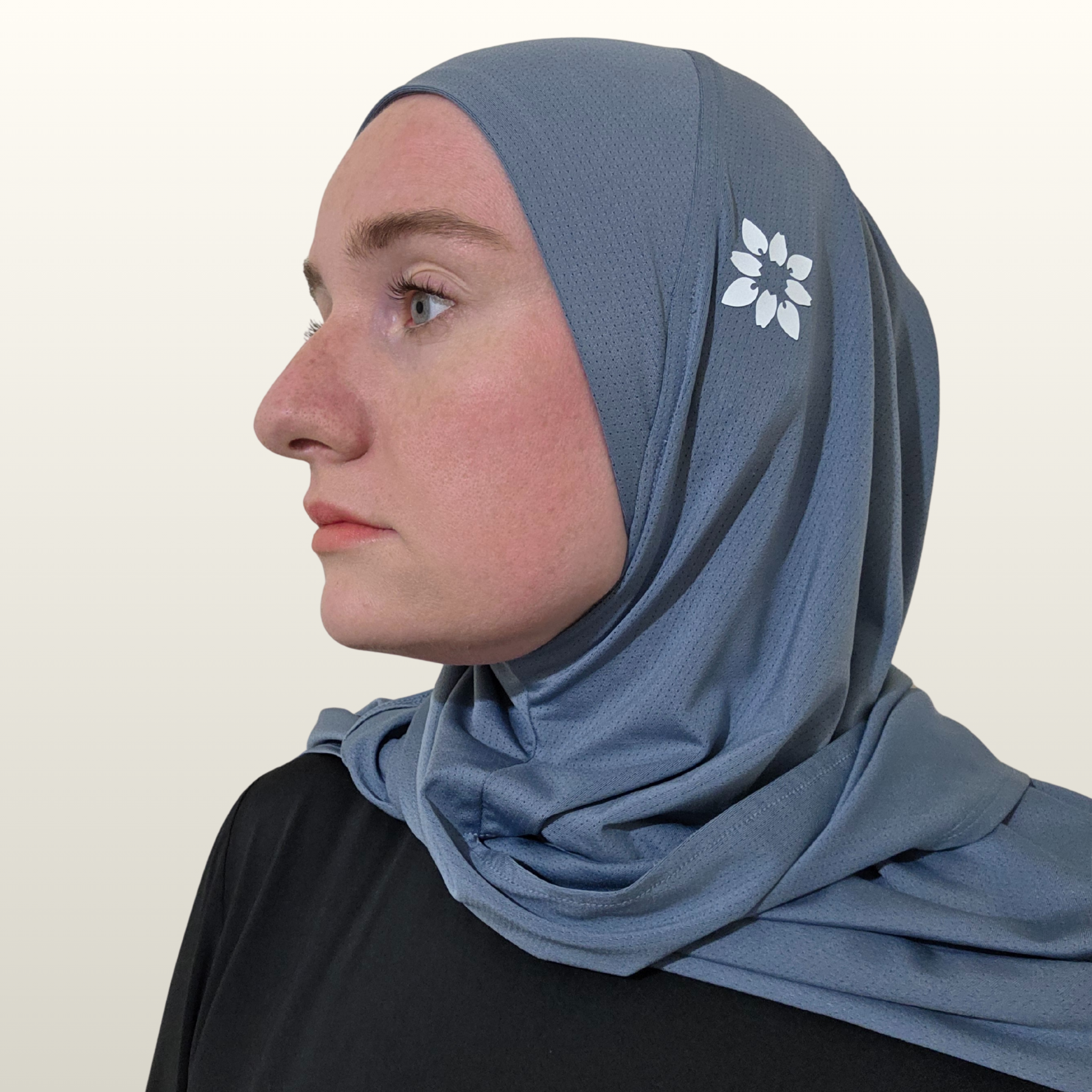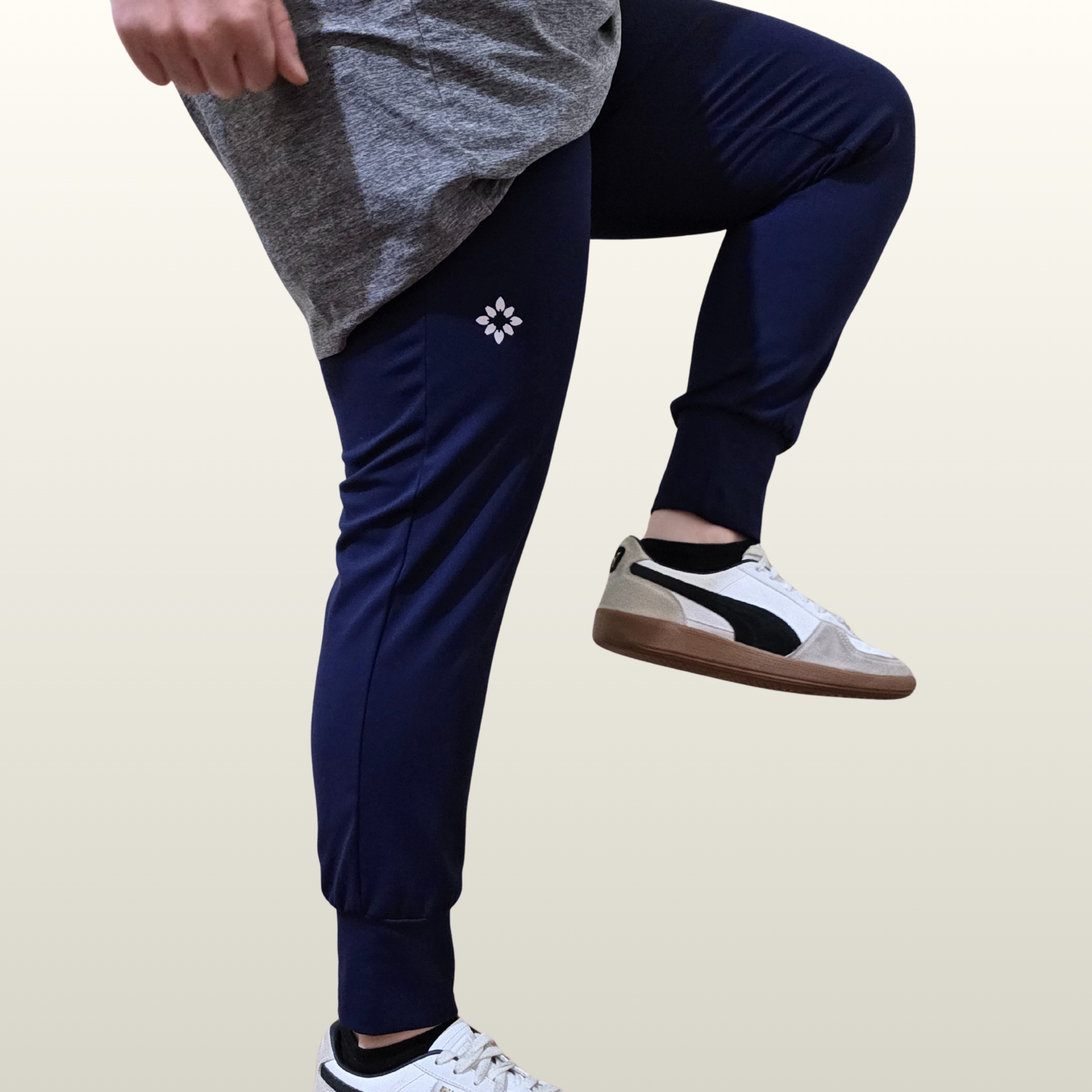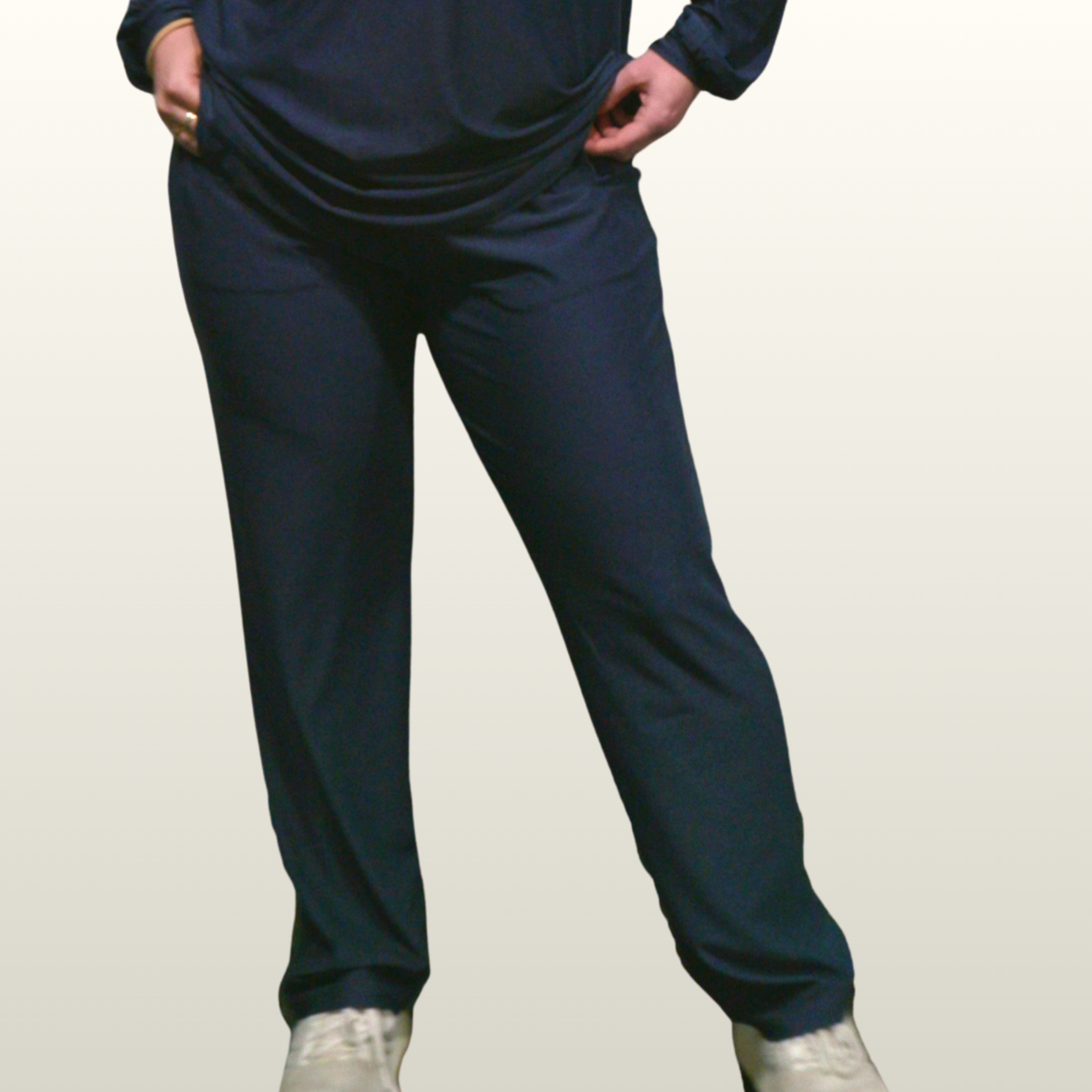Wearing Hijab in Sports: Breaking Barriers and Excelling in Athletics
The presence of hijab-wearing athletes in the world of sports has grown significantly in recent years, challenging misconceptions and proving that modesty and athleticism can coexist. While there are unique challenges that come with wearing the hijab in sports, determined athletes continue to break barriers, inspiring future generations. The hijab is not a limitation but a symbol of strength, identity, and perseverance for Muslim women in sports.
Challenges of Wearing Hijab in Sports
One of the main challenges hijabi athletes face is the lack of inclusive sportswear designed for modesty. Many traditional sports uniforms do not accommodate the hijab, making it difficult for athletes to participate comfortably. In the past, some sporting organizations had strict uniform regulations that restricted the wearing of head coverings, forcing many Muslim women to choose between their faith and their passion for sports. However, with growing awareness and advocacy, many sports bodies have adapted their rules to allow hijabs in competitions.
Another challenge is the perception that hijab-wearing athletes are at a disadvantage due to heat, movement restrictions, or societal biases. Some people believe that covering up in sports can hinder performance, but modern sports hijabs are made from breathable, moisture-wicking materials that ensure comfort and flexibility. As more brands invest in designing sports-friendly hijabs, these challenges are being effectively addressed.
Famous Hijab-Wearing Athletes
Many hijab-wearing athletes have made history by excelling in their respective sports. Ibtihaj Muhammad, a U.S. Olympic fencer, became the first Muslim-American woman to compete in the Olympics wearing a hijab, winning a bronze medal at the 2016 Rio Games. Her success shattered stereotypes and paved the way for greater acceptance of hijabi athletes.
Another inspiring figure is Zahra Lari, an Emirati figure skater who became the first hijabi competitor in international figure skating. Despite facing initial pushback due to her attire, she persisted and helped bring about rule changes to allow hijab-wearing skaters in competitions. These athletes, among many others, showcase that wearing the hijab does not limit potential or success in sports.
Hijab and Performance: Breaking Myths
Contrary to misconceptions, wearing a hijab does not hinder athletic performance. Advances in sports technology have led to the development of lightweight, aerodynamic hijabs that provide comfort, breathability, and security during rigorous physical activity. Many hijab-wearing athletes find that their gear allows them to compete at the highest level while maintaining their religious and cultural identity.
Additionally, mental resilience plays a crucial role in sports performance, and many hijabi athletes develop a strong sense of confidence and determination. Overcoming challenges and breaking barriers builds a mindset of perseverance, which is a key trait for success in sports.
The Future of Hijab in Sports
The sports industry is becoming increasingly inclusive, with major brands like Nike, Adidas, and Under Armour developing sports hijabs to accommodate Muslim athletes. International sporting federations are also revising policies to ensure that hijab-wearing athletes have equal opportunities to compete.
As representation continues to grow, young Muslim girls are seeing more role models who reflect their values and aspirations. The hijab is not a barrier but a testament to the strength and dedication of those who wear it. With the right support, awareness, and advancements in sports gear, the future of hijabi athletes is brighter than ever.

